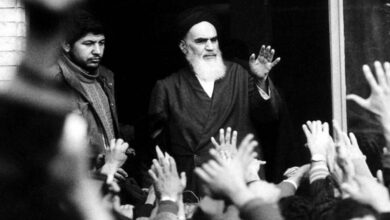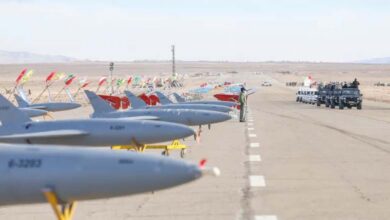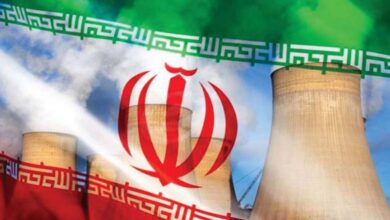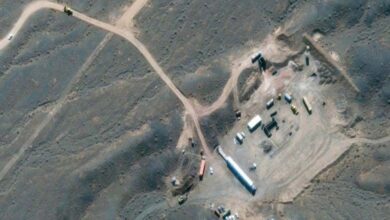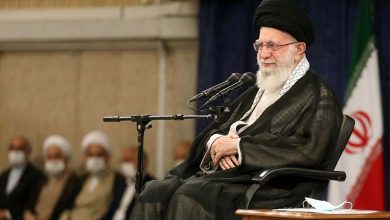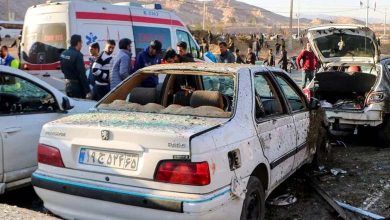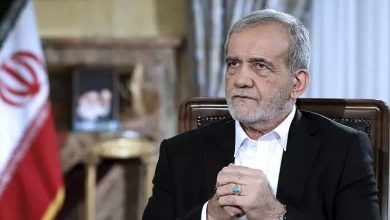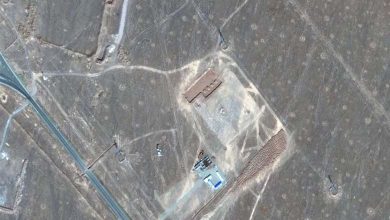Terrorism evolution.. Iran’s missiles threaten the future of the Middle East
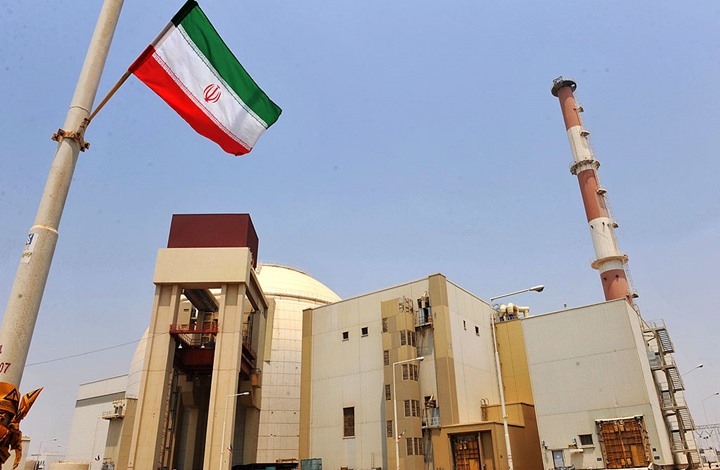
The issue of Iran’s missile program has always been a source of concern for the international community, as it poses a threat to all Middle Eastern countries. Iran seeks to divert attention from this by “destabilizing” the countries of the region through its arms in Yemen, Lebanon, Syria and Iraq, and exacerbating the threat of terrorism, threatening the Gulf countries in the first place and the countries of the region in general.
Program start
In a report published by Iran’s Tasnim News Agency on the history of Iran’s missile program, Hassan Tehrani Moghaddam, an Iranian military officer in the Islamic Revolutionary Guard Corps (IRGC) Space Force, born in 1959 and died in 2011, is credited with being a key designer of Iran’s ballistic missile project. While starting as a largely unknown figure, his fame grew over time in Iran, initially as an artillery officer in the IRGC.
According to the report, “the IRGC Missile Unit was formed from imported missiles, and until these missiles were launched by others, but Hassan Tehrani Moghaddam and his companions gradually learned to launch, manipulate and update them. Finally,” Iran tried to build short-range missiles, and in the report, it was known as Iran in the beginning with a historical era, where Iran, The report said that the weapons that were in the corps were light weapons such as Brno, MK and Kalashnikov. In the end, the soldiers received mortars and artillery. Meanwhile, the Iraqis received Scud B from the Soviet Union. The report notes that “after a period of war, rockets started raining on the cities”, and indeed, Iraq used missiles and shells to spread terror and try to weaken Iran’s ability to continue the war.
Hezbollah and Hamas
The Iranian report also confirmed that the regime began to develop its own missiles to confront the Iraqis. The Iranian Minister of the Islamic Revolutionary Guard Corps continued to purchase missiles, and a group of Iranian Revolutionary Guard Corps artillery units participated in training courses, at the hands of Hassan Tehrani Moghaddam, who was in charge of the Iranian Revolutionary Guard Corps’ artillery.
In a report published by Iran’s Tasnim News Agency on the history of Iran’s missile program, Hassan Tehrani Moghaddam, an Iranian military officer in the Islamic Revolutionary Guard Corps (IRGC) Space Force who was born in 1959 and died in 2011, is credited with being a key designer of Iran’s ballistic missile project. While starting as a largely unknown figure, his fame grew over time in Iran, initially as an artillery officer in the IRGC. “The IRGC’s missile unit was made up of imported missiles, and even the firing of these missiles was done by others, but Hassan Tehrani Moghaddam and his companions gradually learned to launch, manipulate and update the rockets, and eventually build the rockets,” the report said, Iran attempted to build short-range missiles at first, and this was during the era of the Iran-Iraq War. The report includes historical talks with those who knew the presenter. According to this report, Iran obtained a Scud B for the first time from Libya in 1963, during the war with Iraq in the eighties, as Iran faced a shortage in weapons systems to resist Iraq. The report said that the weapons that were in the corps were light weapons such as Breno, M1K and Kalashnikov. In the end, the soldiers received mortars and artillery. Meanwhile, the Iraqis received Scud B from the Soviet Union. “Some time after the war began, rockets began raining on cities,” the report notes, and in effect, Iraq used missiles and rockets to spread terror and try to weaken Iran’s ability to continue the war.
Developing Houthi Capabilities
Over the past seven years, Iran has strengthened the capacity of the Houthis in Yemen so that they can target Saudi Arabia and the Gulf states as well as flakes in the Gulf of Oman.


